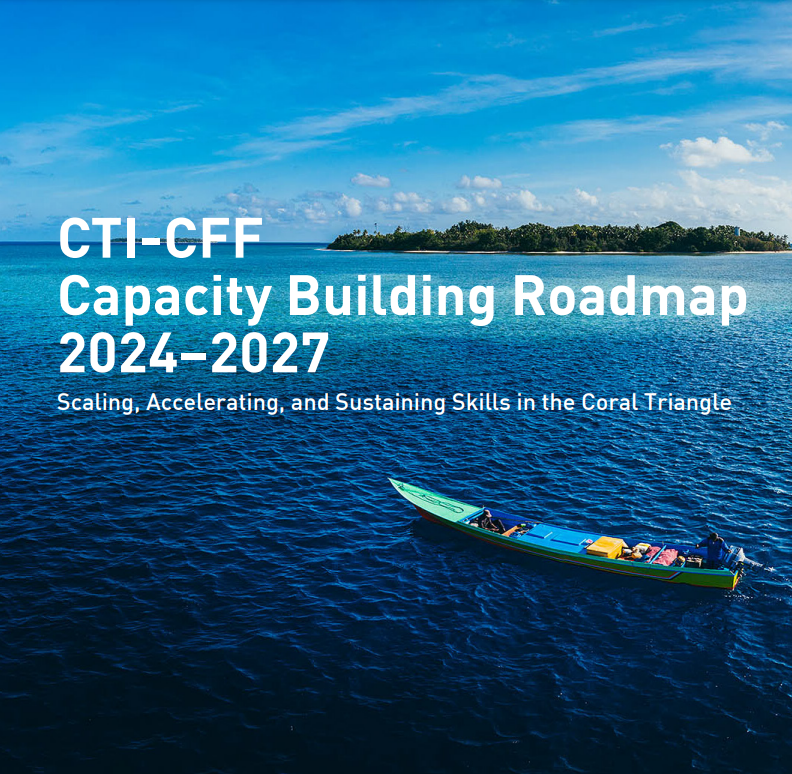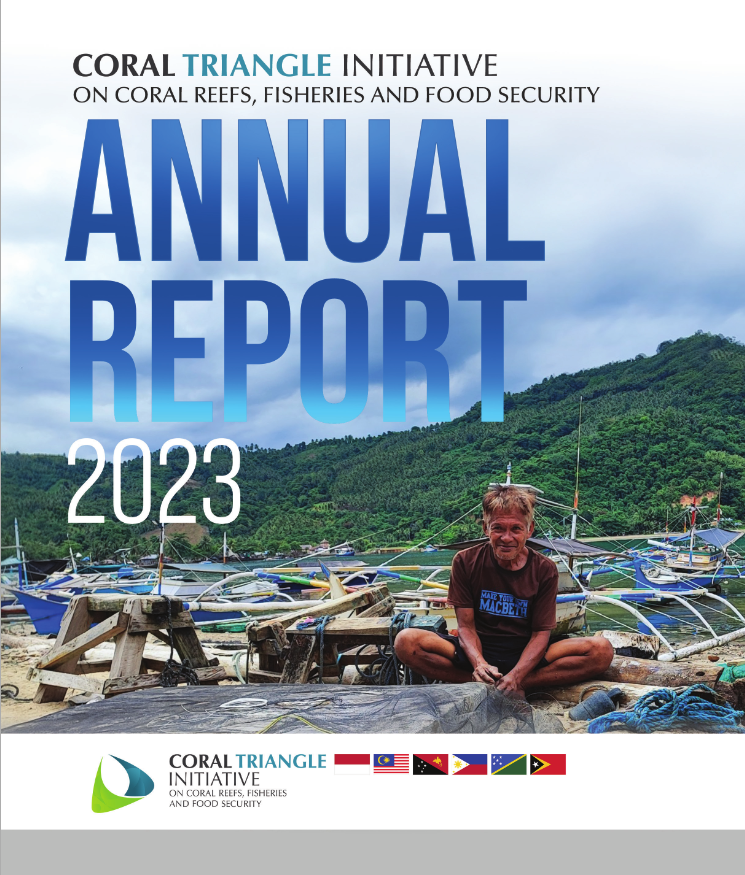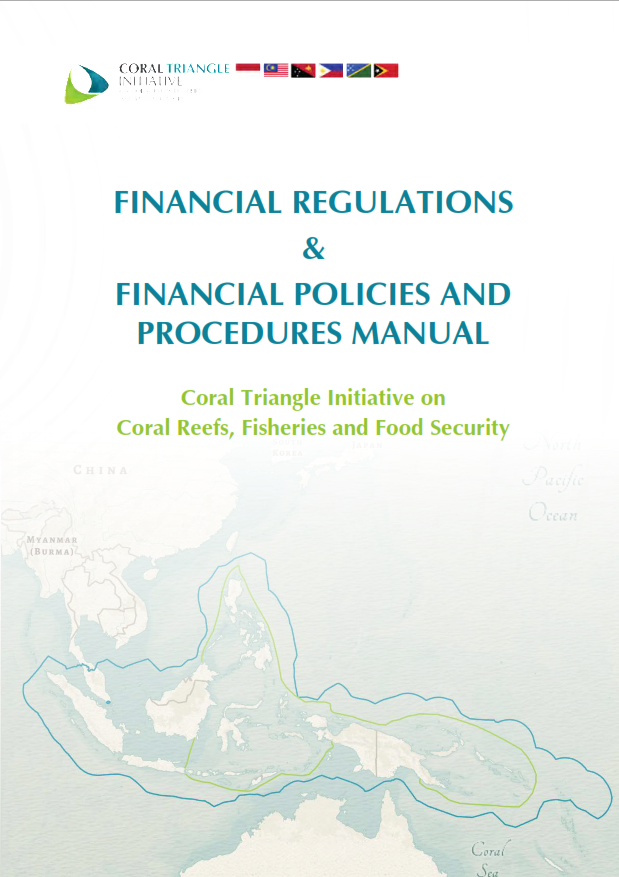Integrating Top-Down and Bottom-Up Adaptation Planning to Build Adaptive Capacity: A Structured Learning Approach
| # | Documents | Filesize |
|---|
Climate adaptation planning provides an opportunity to enhance the adaptive capacity of stakeholders across multiple levels. However, reviews of standard top-down and bottom-up approaches indicate that the value of multistakeholder involvement is not fully recognized or incorporated into guidelines. Focusing on provinces in Indonesia and Papua New Guinea within the Coral Triangle region, we present a novel integrated top-down and bottom-up planning approach. Based on Participatory Systemic Inquiry the process involves three stages of workshops intentionally designed to promote social learning, knowledge exchange, empowerment and social networks among multilevel stakeholders. Stage 1 workshops engage government, nongovernment and science stakeholders at the provincial level to analyze sub-districts' vulnerability and design appropriate adaptation strategies. Stage 2 engages local government, non-government and community stakeholders within vulnerable sub-districts identified in Stage 1. Stage 3 combines Stage 1 and 2 stakeholders to refine adaptation strategies and design action plans for sub-districts. Evaluation demonstrated that different stakeholder groups' perceptions of community adaptation needs varied significantly, justifying the approach. In terms of adaptive capacity, the primary outcome for all stakeholder groups was innovative ideas, suggesting that social learning and knowledge exchange had occurred. Empowerment was a secondary outcome. We discuss how the approach could be further refined.



